Resiliency: Building Sustainable Communities
It's no secret that we've entered the era of climate change. Many Canadians are uneasy about the future, but many of us don't really know what we can do about it. In cities, it seems like there's a growing appeal to reconnect with nature. But for many of us, the urban environment seems anathema to the very concept of nature — a point made by comedian Louis CK. But what if this is wrong? What if the only way to face the challenges of climate change is to view our cities and towns as being woven into the fabric of nature? Once we understand that we are part of the environment, how can we act to protect it?
 Green And Blue Planet
Green And Blue Planet
While municipalities try to sort out the larger infrastructure, there are things all homeowners (or even renters) can do to address climate change. Reconnecting with nature isn't about going for more hikes in the woods. It's about changing our mindset to see the connections that already exist and adapting our ways of being to strengthen those connections. For us in Metro Vancouver, there are three critical ways we can act now to reduce our impact on the planet and protect ourselves from the instability of a changing climate.
1: Protect the Food
Perhaps the scariest aspect of climate change for city dwellers is food security. Though urban agriculture is becoming more popular, almost no food is produced in or around the city. In fact, most of our food doesn't even come from this province. In BC, over half the food we eat is imported from elsewhere. Much of that food comes from California, which is currently experiencing its third consecutive year of drought — possibly the worst in 500 years. Shoppers can expect to see the impact of this on increased prices at the grocery store. But the long-term situation is more concerning. California isn't the only place experiencing drought. About 20 per cent of the United States, which is the world's largest agricultural exporter, is currently experiencing severe to extreme drought. This is a global phenomenon. In 2010, Russia, one of the world's largest grain exporters, halted exports due to shortages caused by drought.
 Grocery Store
Grocery Store
While our ability to rely on imported foods is under threat, local and provincial governments are weakening legislation that protects agricultural land. Since the 1970s, prime tracts of agricultural land in BC have been protected from development by the Agricultural Land Reserve. Today, politicians are trying to open that land to development. The provincial government argues that this will provide farmers in the less productive northern part of the province with more flexibility. However, the BC Agriculture Council is publicly opposing the change, and farmers have taken to social media to voice their dissent. Citizens in the farming town of Summerland in the Okanagan are also fighting to protect prime ALR land from development. Since those of us in cities rely on farmers for our food, it's important that we support our farmers. This means buying locally produced products and supporting initiatives like the ALR.
While supporting local farmers is critical, urban dwellers can go further by bringing edible plants into our landscapes. One of the best things about this city is the diversity of plants our climate allows. Many of the ornamental plants already common in our gardens actually produce tasty food. Oregon grape and cherry laurel provide edible berries, while Ipomoea batatas, also called "the sweet potato vine," is a popular container plant in the fall. Fig trees are a beautiful addition to any landscape and will produce delicious fruit, and grapes make a great trellis. And of course, plants like kale and beans are quite easily grown and can be found at most garden stores.
 Fig Tree
Fig Tree
Obviously, not everyone has a bunch of space for a veggie garden. For some, vertical gardening might be a solution. For others, there's the exploding popularity of community gardens. With new plots opening up on vacant lots around the city, these are a great solution for people who don't have space of their own. However, with such high demand, wait lists can be years long. There is so much untapped potential in our cities for food production, and creating a space for neighbours to grow food together is a great way to build a sense of community. Is there a vacant lot or a space available for a community garden in your neighbourhood?
Everything we do to increase our food security makes us more resilient and less susceptible to the increasing unreliability of importing food. As we can expect imports from an already drought-stricken California to shrink in coming years, we need to shift towards more locally produced agriculture. People in cities in particular need to become more involved in growing food, as we are the centres of consumption but we're responsible for almost no production. Plus, growing food is both fun and rewarding.
Some think that the proposed changes to the ALR are part of the provincial government's goals of developing liquified natural gas in BC. Hydraulic fracturing, or "fracking," is a highly controversial technique used to produce gas for export and to power upgraders in Canada's Tar Sands. One of the main criticisms levelled against the practice of fracking is the threat of water contamination, as the process involves millions of gallons of water mixed with chemicals being injected underground. Water use is something we all take for granted, but with the changing climate, it's time we start thinking about one of our most precious resources.
2: Protect the Water
Canadians have the second highest rate of water consumption globally. That's nothing to be proud of. A diminishing water supply with an increasing population makes for some scary math. UBC's Centre for Advanced Landscape Planning uses climate models and digital images to give us a glimpse of what receding ice and rising sea levels would mean for North Vancouver and Delta.
"Although these are relatively tame images," points out Wilderness Committee climate campaigner Eoin Madden, "the receding snowline in North Vancouver is our drinking water. It takes the message of climate change home."
So our major source of drinkable water is disappearing. What's to be done? One potential solution is to import water from elsewhere. In fact, we're already doing this. In the decade between 1999 and 2009, Canadian consumption of bottled water went up 107 per cent. But not only can this be quite costly, it also raises serious questions about sustainability. The water in those bottles comes from somewhere else, and after we've drunk it, it doesn't go back. This has a detrimental impact on the local hydrologic cycle. With water tables dropping all over the world, this is a problem. Nestlé, the largest bottler of water, has gone as far as challenging the Ontario government for placing restrictions on them in times of drought.
 Bottled Water
Bottled Water
So what can we do? Bottling water obviously is not the answer. Luckily, there's an alternative. What if our homes were designed to provide us with the water we need? The technology to do this is already in use, and it doesn't have to be expensive.
To start with, we need to make our homes more efficient. A good way to do that is to install greywater systems. "Greywater" describes water that's midway between drinking water and sewage, or black water. Greywater can be recycled to save money and conserve resources.
Rain is also often considered greywater, and with the amount of rain that falls in Vancouver, it's really quite remarkable that we need to be concerned about water security at all. What if we could harvest some of that water and use it, rather than rush it out of the city as quickly as possible? Maybe it's not as far off as we think.
Droughts are becoming an increasingly big problem in Australia. Certain states have responded by legislating that newly constructed buildings must be equipped with rainwater harvesting technologies. Droughts are occurring across North America as well. The U.S National Integrated Drought Information System releases monthly drought maps of North America. The map as of April 22 is bleak, showing severe drought conditions over much of the western and central U.S.
This past July, not a single drop fell on Vancouver. This winter was also abnormally dry on the coast. So far, we haven't experienced anything like our neighbours to the south, but why wait until an emergency develops? This stuff falls from the sky, and harnessing it can be as easy as diverting water from your roof's downspout into a basin. Once collected, you can use that water for anything from laundry to dishes to watering your garden or even drinking, if handled properly.
In fact, because chlorine is added to city water, harvested rain water is actually healthier for your garden or lawn than tap water. This is because chlorine kills microbes, which is exactly why it's added to city water. This is good if you want to remove pathogens, but bad if you want to maintain good soil health. So by harvesting rainwater, you get to save money, improve your landscape, and help protect the environment in one swoop. As part of the plan to become the world's greenest city, Vancouver offers subsidized rain barrels at half the market price. You simply connect it to the downspout from your eaves, and you're on your way. As the city's website put its, "Rain water collection is a brilliant way to give your lawn and garden chlorine-free liquid sunshine."
Collecting rainwater is great, but it's only part of the strategy moving forward, as it will be a while before we can rely fully on collected water. In the meantime, we need to work on reducing consumption, which is where greywater recycling comes into play. The more we can reduce overall demand for water, the more plausible it becomes to meet that demand sustainably.
 Collecting Rainwater
Collecting Rainwater
Most of us don't have the option of designing a home from scratch to be eco-friendly. However, greywater recycling technology is being developed which allows for anyone to retrofit their home's existing plumbing. An example of this emerging technology is the is Conservepump by iDus Controls. About one-third of our water is used flushed down the toilet, while half is used for showering, bathing, and laundry. The Conservepump is designed to reduce overall water usage by recycling shower, bath, or rain water to flush the toilet. This simple intervention results in approximately 30 per cent less water usage. And that doesn't just mean reducing our environmental impact — it also means saving one-third on our water bills. The system is designed so as to be easily retrofitted into an existing home. If you need to flush the toilet but there isn't enough water stored, the system will draw automatically from city water. Andrew Sheret Ltd sells the Home Conservepump for $1,800 and the Garden Conservepump for $1,845.
For larger-scale applications, Greyter Water Systems offers commercial-grade greywater systems. The principle is the same, though Greyter systems also disinfect the water. Currently, however, they only offer commercial products. But a residential system will soon be available for homeowners. As this technology grows in popularity, and legislation changes to meet the growing need, we will see more products enter the market. This can take us a long way towards reducing our water consumption.
Everything we do as individuals and communities has an impact, and we are seeing more and more people take steps to create sustainable lifestyles. But the problems we face now are too big to be solved just by individuals making better decisions. We need to come together, and make sure that the big players follow the rules, too. And that means considering the impact our industrial activities have on our global community.
3: Protect the Earth
Canada relies heavily on the extraction of natural resources, and we always have to weigh the moves we make as individuals and consumers towards sustainability against the impact of the industrial activities that underlie so much of our economy. While Vancouver may aim to be the world's greenest city, Canada's environmental policy is regularly regarded as among the world's worst. This poor performance is driven largely by the energy demands of our trading partners, particularly the United States and China. China is the world's largest consumer of coal, and recently, it made a dramatic shift from being a net exporter of coal to a net importer. As a port city, this has an impact on Vancouver. As Eoin Madden from the Wilderness Committee says, demand for Canadian fossil fuels risks turning the region from "a green leader to one of the biggest fossil fuel exporters in the world."
In order to access Chinese markets, Port Metro Vancouver is currently planning to expand its coal shipping port at the Surrey Fraser Docks, increasing capacity by 35 per cent and making it the largest coal exporting port in North America. This proposal has been criticized not only by environmental groups, but also by Metro Vancouver, the BC Lung Association, and Vancouver's mayor. The port would be used initially to export up to 4 million tonnes of coal originating in the U.S, with the capacity to increase to 8 million tonnes. According to Madden, the only reason the coal would be coming through metro Vancouver is that communities in Oregon and Washington have already rejected similar proposals in their communities. "What people need to realize is that it's not BC steel making coal, it's dirtier US thermal coal, which has been rejected by our more engaged brethren south of the border," Madden says.
 Port Vancouver
Port Vancouver
In response to these concerns, Port Metro Vancouver commissioned SNC Lavelin to conduct an environmental impact assessment, which determined the risks to the environment and human health to be manageable. However, this report has been heavily criticized. Chief among the complaints levelled against the assessment are that the only environmental impacts it considers relevant are those produced specifically by handling the coal. That is to say that the report doesn't consider what the impact is on the communities where the mining takes place or the climate impact caused by burning the fuel once it reaches its destination. Critics argue that this doesn't show the whole picture.
Coal is considered the dirtiest form of fossil energy, releasing more climate-cooking carbon than oil or gas. Currently, coal is the largest source of CO2 emissions. This is a global problem. How can we say we care about reducing our emissions or confronting climate change if we allow the development of one of the world's largest coal exporting hubs in our backyard?
The argument put forward by the Port seems to be that we aren't mining the coal or burning it, so we aren't responsible for the environmental destruction involved with coal mining or for the greenhouse gas emissions resulting from its combustion. But clearly, it's the growth of coal as an energy source that's the problem, and the transportation and shipping of that coal is as much a part of that process as the extraction or combustion. We can't treat them as separate issues. Climate change doesn't recognize borders, so it makes no difference whether the coal is burned in China or right here in Vancouver. That seems to be the way Vancouverites see it, as the public consultation turned up 3,500 comments against, with only 6 comments in favour of the expansion. Unfortunately, the port didn't return any of my calls to give their side of the story.
In order to confront climate change, we as a society need to shift our energy policies and our economic strategies away from the industries that are fuelling the growing climate instability. The approval of Enbridge's Northern Gateway pipeline has shown that carbon-intensive projects can be approved even in the face of strong public opposition, including from the communities that supposedly have the most to gain. It' no secret that both the provincial and federal governments are committed to increased carbon emissions. If we are serious about addressing climate change, it is up to all of us to put pressure on our government representatives to seek alternatives to a carbon economy.
The Future
We cannot ignore the connection between looming water shortages, food insecurity, and our energy policies. With the challenge of climate instability comes the opportunity to make our homes, neighbourhoods, and communities more resilient, more ecological, and more enjoyable. New technologies and creative re-imaginings of urban spaces are opening up new possibilities for sustainable living. We are witnessing the emergence of a global environmental consciousness. But as things get better, they also are getting worse, as industrial greenhouse gas emissions continue to rise in the face of worsening scientific predictions.
 Green Future
Green Future
What will Vancouver look like in 100 years? On the one hand, we have local politicians, citizens, and businesses interested in going green and preserving our home's natural beauty. On the other hand, provincial and federal politicians and transnational corporations are working to expand carbon intensive industries for export. Will we end up a model of sustainable technology and innovation, or a fossil fuel transport hub? We can't have it both ways. It is up to us to create the world we wish to live in. As historian Howard Zinn said, "You can't be neutral on a moving train."
DSMCDT
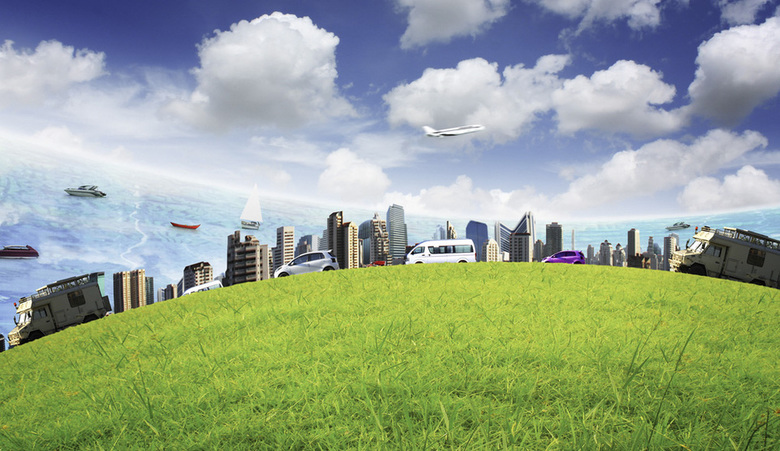
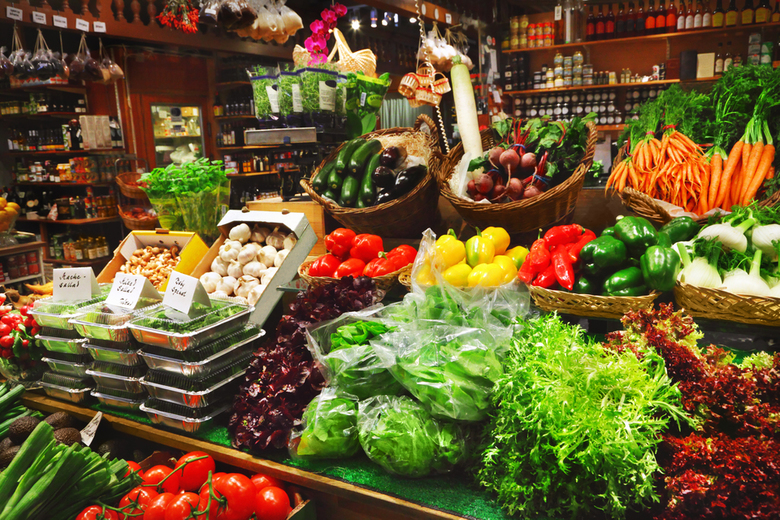
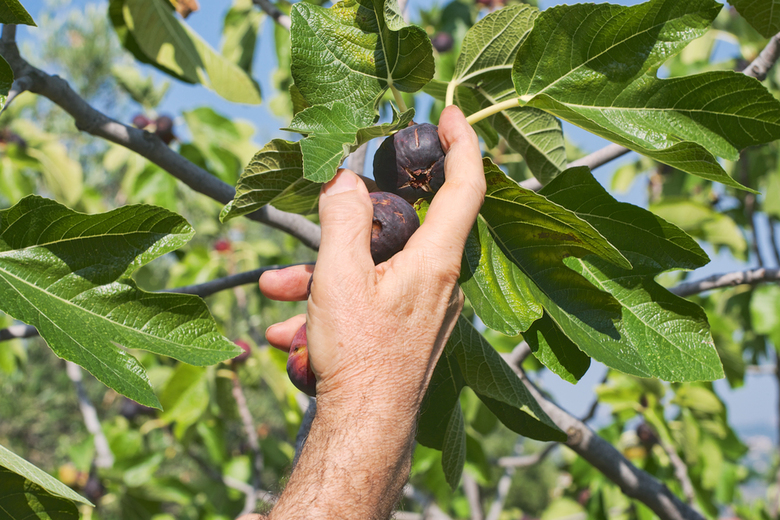
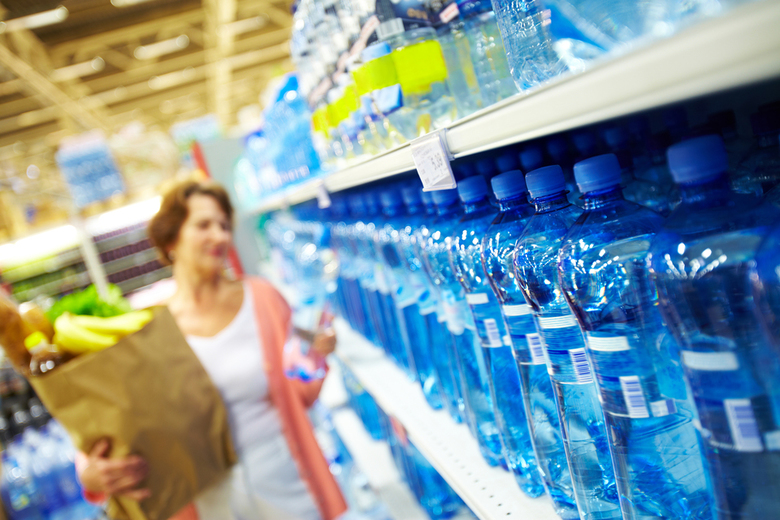
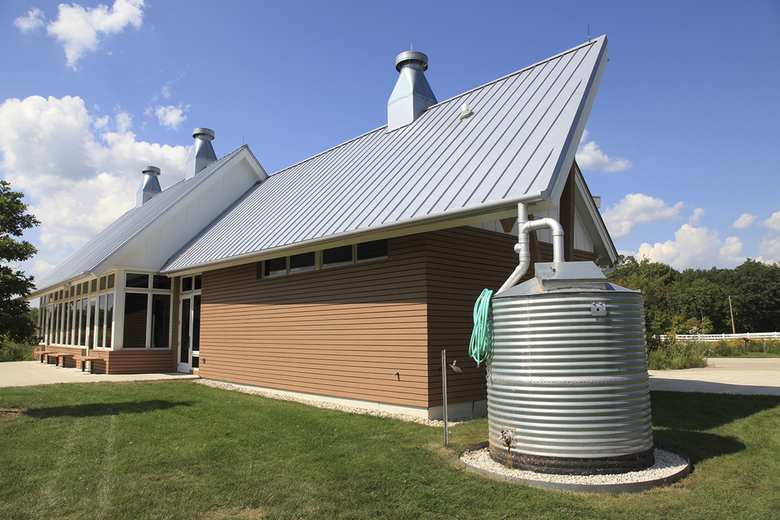

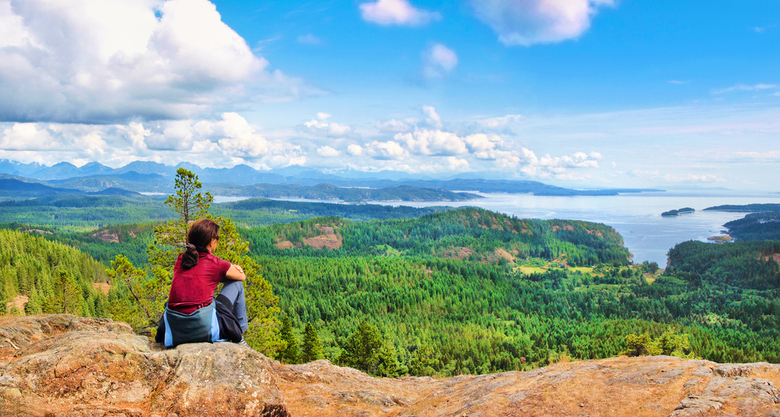
Seems Nestle shouldn’t have unlimited access to clean water until they stop polluting. Let’em process poopoo water.
Nice article. I’d note that our greywater issue here is re: BC build code not tech. I’m not sweating our snowpack quite yet!
Climate change awareness starts with self education. Read the materials from both sides and make your decision. No time to ride the fence as climate change is not waiting for the human race to make a decision. Act now.
Great article! You touched on some very important points which could be easily overlooked. It’s certainly very scary to think about what’s in store for the future, but this fear should hopefully generate some motivation to do our best to err on the side of caution and seek to prevent these issues from happening sooner rather than later.